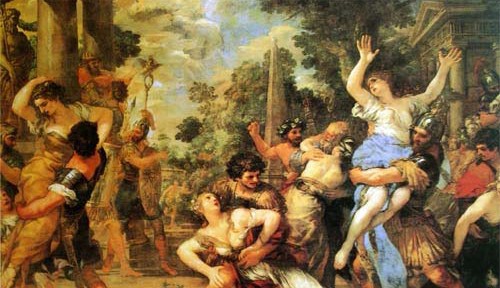The Birth of Baroque
Masters of Baroque
The Baroque (bəˈroʊk) is a period of artistic style that used exaggerated motion and clear, easily interpreted detail to produce drama, tension, exuberance, and grandeur in sculpture, painting, architecture, literature, dance, and music. The style began around 1600 in Rome, Italy and spread to most of Europe.
Artists of Baroque Art:
Diego Velázquez (baptised June 6, 1599 – August 6, 1660) was a Spanish painter who was the leading artist and one of the most important painters of the Spanish Golden Age. He was an individualistic artist of the contemporary Baroque period, important as a portrait artist.
Rembrandt van Rijn was a Flemish Baroque painter, and a proponent of an extravagant Baroque style that emphasised movement, colour, and sensuality. He is well known for his Counter-Reformation altarpieces, portraits, landscapes, and history paintings of mythological and allegorical subjects.
Michelangelo Caravaggio was an Italian artist active in Rome, Naples, Malta, and Sicily between 1592 and 1610. His paintings, which combine a realistic observation of the human state, both physical and emotional, with a dramatic use of lighting, had a formative influence on the Baroque school of painting.
Peter Paul Rubens (1577-1640) was a Flemish Baroque painter, and a proponent of an extravagant Baroque style that emphasized movement, color, and sensuality. He is well known for his Counter-Reformation altarpieces, portraits, landscapes, and history paintings of mythological and allegorical subjects.
Pietro da Cortona (1596-1669) – was a leading Italian Baroque painter
Anthony van Dyck (1599-1641) was a Flemish Baroque artist who became the leading court painter in England

